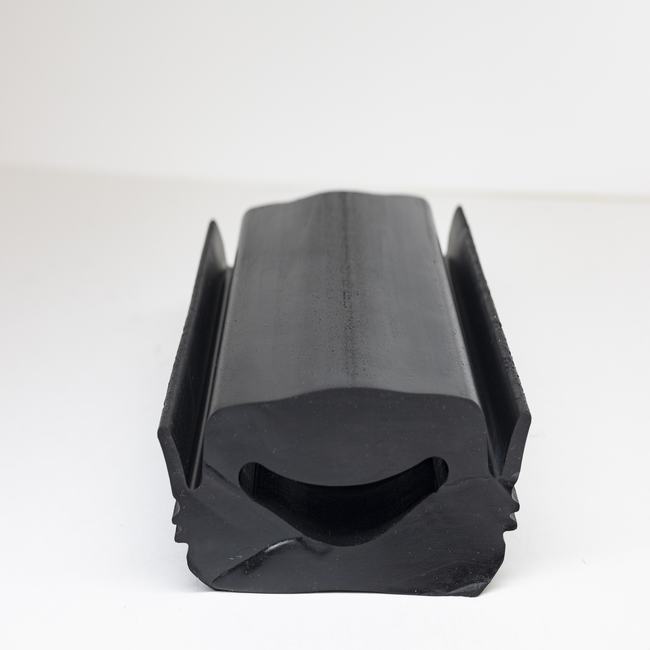“Ship seals” can refer to different types of seals used in the maritime industry for various purposes. Ships require seals for several applications, including preventing water ingress, maintaining buoyancy, ensuring safety, and protecting cargo. Here are some common types of seals used in ships and their respective purposes:
- Hull Seals: Hull seals, also known as watertight seals, are essential for maintaining the integrity of a ship’s hull. They are designed to prevent water from entering the ship, which is crucial for buoyancy and safety. Hull seals are typically found around openings such as hatches, doors, and access points.
- Cargo Hold Seals: Cargo hold seals are used to create a watertight and airtight barrier in cargo holds. They ensure that cargo remains protected from seawater, moisture, and external elements during transport. These seals are especially important on cargo vessels and container ships.
- Bulkhead Seals: Bulkheads are partitions within the ship that separate different compartments or cargo holds. Seals are used around bulkheads to prevent the transfer of water or cargo between compartments, helping to maintain stability and prevent damage in case of leaks or accidents.
- Shaft Seals: Shaft seals are used in propulsion systems to prevent water from entering the ship’s engine room. They are crucial for maintaining the integrity and functionality of the ship’s propulsion system.
- Gland Seals: Gland seals are used in rotating equipment such as pumps and propeller shafts. They prevent water from entering the equipment while allowing the shaft to rotate. Proper gland seals are essential for the smooth operation of these systems.
- Hatch Seals: Hatch seals are used to create a watertight seal around cargo hatches on cargo vessels. They ensure that cargo remains protected from the elements during transit.
- Porthole Seals: Porthole seals provide a watertight and airtight seal around the ship’s portholes (windows). They prevent water from entering cabins and other interior spaces.
- Lifeboat Hatch Seals: Seals are used on lifeboat hatches to ensure they remain watertight and secure until needed in emergency situations.
Features of Ship Seals:
- Watertightness: Ship seals must be designed to maintain a watertight barrier, preventing water ingress into the ship’s interior.
- Durability: They need to withstand harsh marine environments, including saltwater, UV exposure, and extreme weather conditions.
- Flexibility: Seals must be flexible to accommodate the movement and vibrations of the ship without losing their sealing capabilities.
- Ease of Maintenance: Some seals may require periodic inspection and maintenance to ensure their effectiveness.
- Material Compatibility: The choice of seal material should be compatible with the specific application and environment.
In summary, ship seals are crucial components in maritime engineering, ensuring the safety, stability, and functionality of vessels. They come in various forms and are used for a wide range of applications to maintain watertight and airtight conditions on ships at sea.

